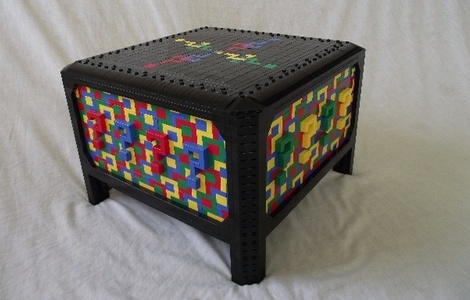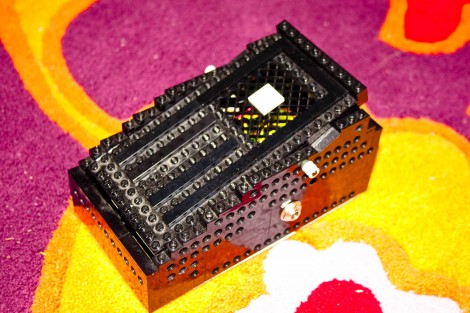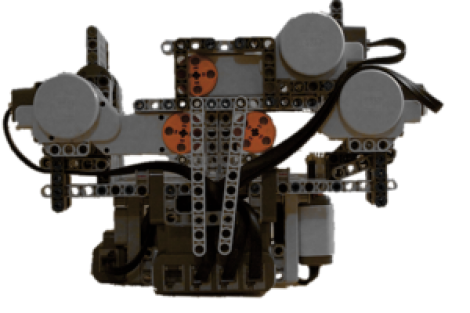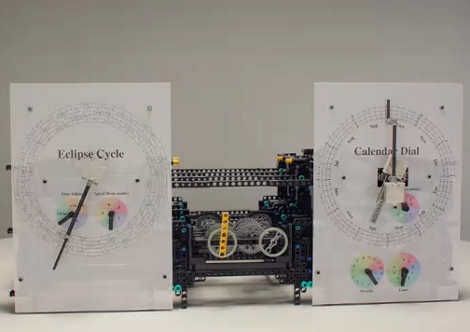
Put a case around it and it would be a grandfather clock but for now it’s a pendulum clock made from LEGO pieces. The video after the break shows a great overview of the build. You can see the workings at several different angles, as well as a clip that has been sped up to show the movement of the weights over time. One weight, made from dead AA batteries, drives the clock and the other weight switches the winding motor. That motor acts to automatically wind the clock when the drive weight reaches the end of its rope.
This is a nice departure from the majority of clock projects we see as it utilizes mechanical concepts instead of electronic. Most of [Pmroskelly’s] build details are shared as comments on the Picasa album found at the link above. There are also some other videos such as the one showing how the escapement works.

















